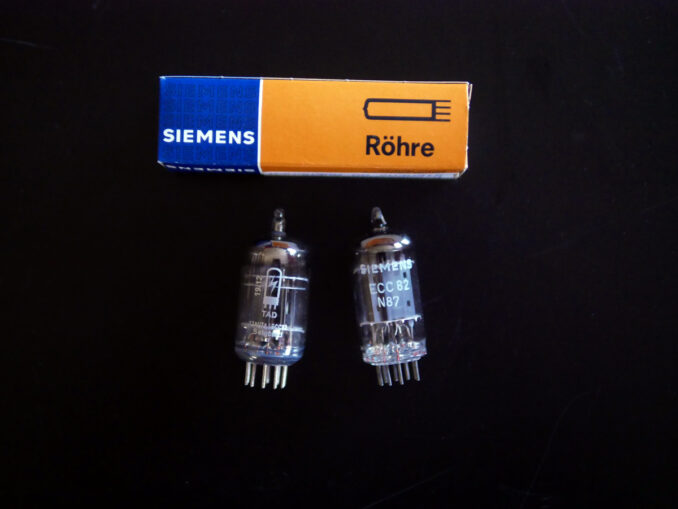
Sometimes old is new again. I received this email from totaldac’s Vincent Brient on September 24:
Hi Michael,
I have selected a new tube for the d1-tube that I clearly prefer. Would you like me to send you a pair…
Do dogs like bananas? (Tara, our Bernese Mountain Dog, loves bananas). I responded in the affirmative and within 4 days the friendly FedEx driver delivered my package from ST OUEN DES ALLEUX, FR. That was fast, I thought. Time to operate.
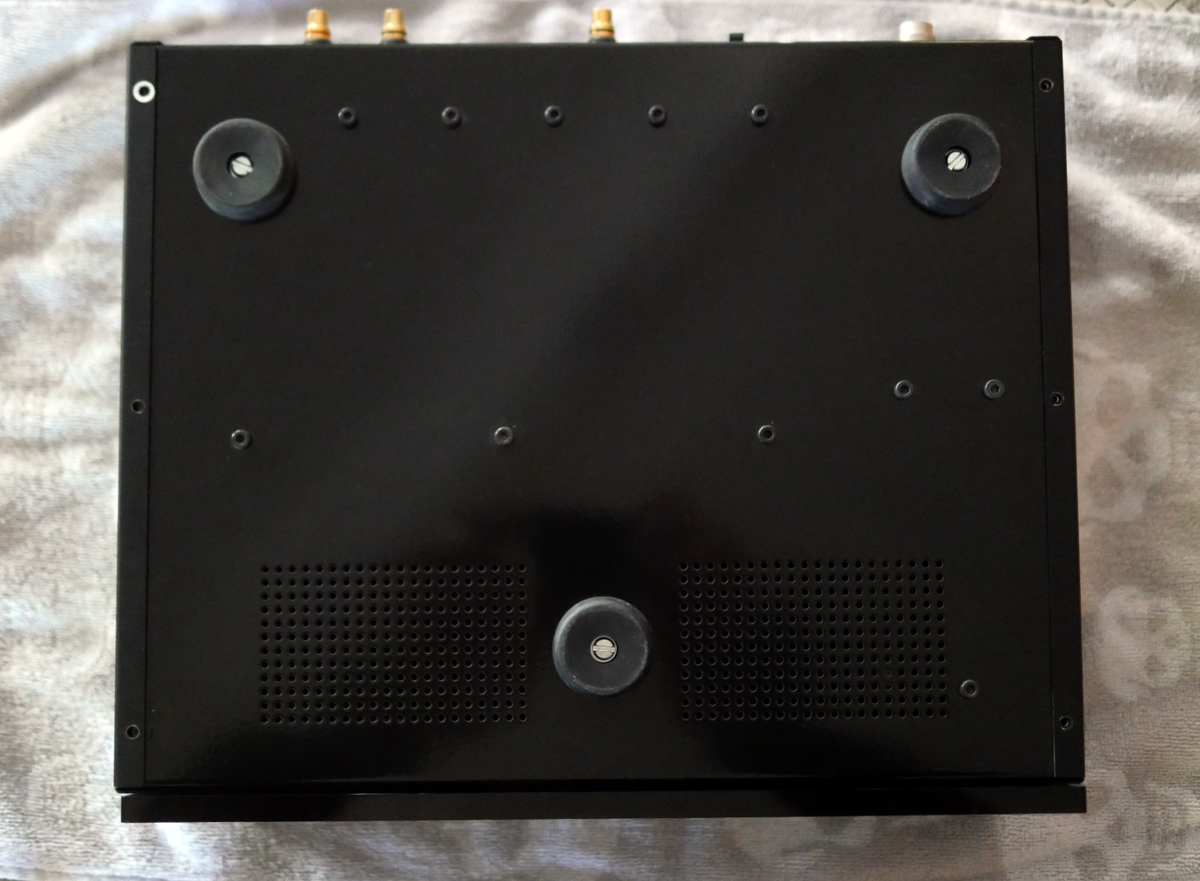
Remove 6 Phillips-head screws. Check.
Remove 2 Socket Head Cap screws. Check.
Remove cover, exposing totaldac guts (ew)
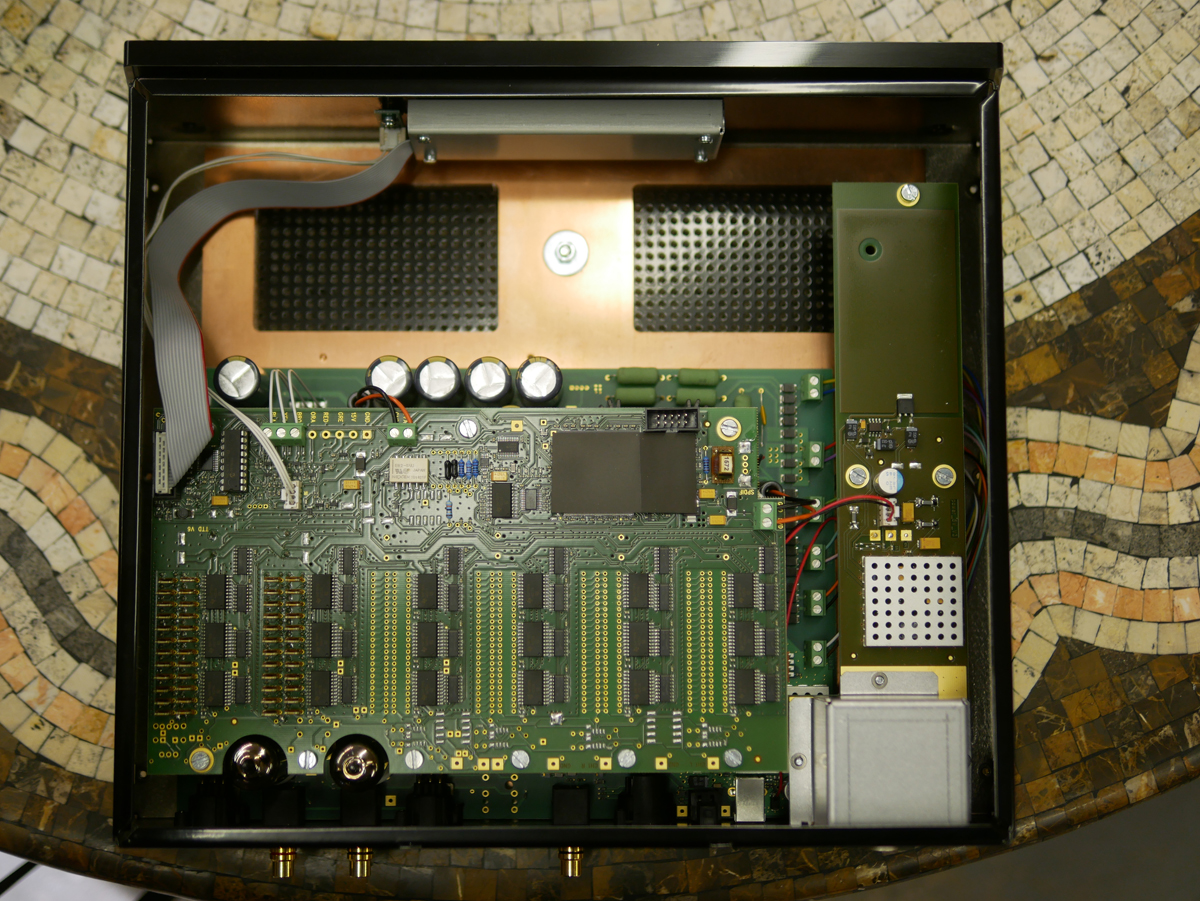
Remove 9 flat head screws. Check.
Gently move circuit board out of the way. Check.
Gently remove the 9-pin TAD (Tube Amp Doctor) ECC82 tubes. Check.

Gently insert new / old 9-pin Siemens ECC82 NOS (New Old Stock) tubes. Check.
Remount circuit board. Check.
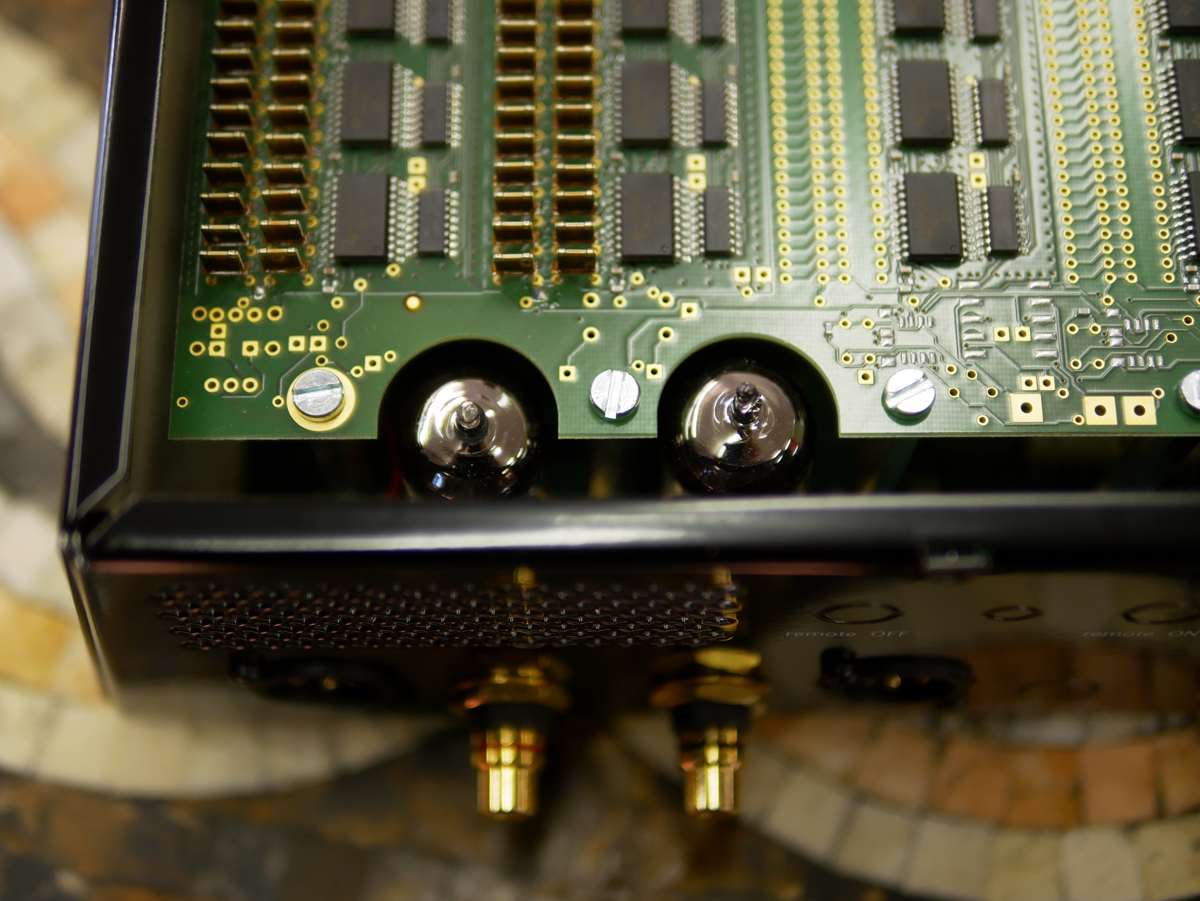
Replace cover.
Insert totaldac d1-tube DAC/Streamer back into system.
Listen.

What A Difference A Tube Makes
The answer to the question — Why do some hifi amplifiers, preamplifiers, guitar amplifiers, DACs, and combat aircraft use vacuum tubes? — is due to the fact that they perform certain functions exceedingly well. Or to put it in orthodox terms, you either do tubes or you don’t do tubes. There’s really no middle ground.

The totaldac d1-tube DAC (see review), and in my case DAC/Streamer, uses a pair of ECC82 dual triodes (or 12AU7s here in the US) in the output stage which is responsible for amplifying the analog signal coming out of the digital to analog converter, specifically the ladder DAC in the case of totaldac. More commonly we find the ECC82 dual triode in preamplifiers, in the driver stage of power amplifiers, and uncommonly in the output stage of an integrated amplifier as is the case with the recently reviewed Kora TB140.
Different tubes, even ECC82 from different manufacturers, sound different because of the differences in how they’re made and what they’re made from. These physical differences can produce differences in the tone signature of a tube’s harmonics. Or to put it another way, different tubes can sound different even if they’re the same kind of tube. To clarify, we’re not talking night and day differences, like the sound of a dog versus a cat eating a banana (do cats eat bananas?), rather we’re talking about subtle shifts in flavor. [footnote 1]
I’ve been living with and mostly listening to the totaldac d1-tube DAC/Streamer since its arrival back in early September. In that time, we’ve come to know each other pretty well. When these new / old Siemens ECC82s showed up at the Barn door, I had no preconceptions pertaining to how they may alter the sound of the totaldac. None. All’s I knew was Vincent preferred them. [footnote 2
] Since tube rolling in the totaldac takes some time, as detailed above, a quick A/B comparison was not possible. Even if it was, I wouldn’t have approached this comparison that way because in general quick A/B “tests” are a great way of masking real difference.
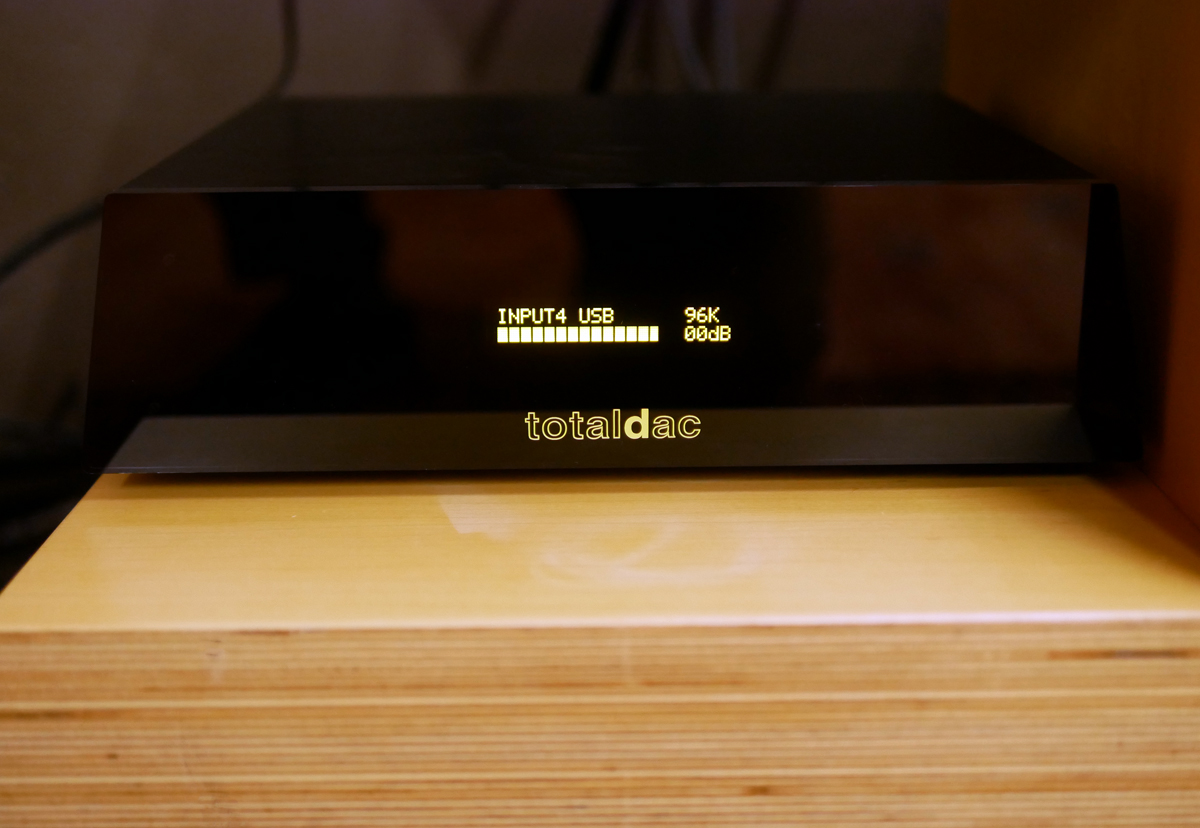
After a few minutes of listening to the Siemens ECC82 endowed totaldac d1-tube DAC/Streamer, I noticed that music sounded a bit richer and a tad fuller, like someone crept into the totaldac and added extra analog sauce. One of the things I prize in every totaldac I’ve heard, and I’ve heard most of them, is their ability to make digital sound unlike your typical digital sounds. Which is to say, digital. While the d1-tube pulls off this same magic trick as the higher priced models I’ve owned and lived with for years, it does not offer the same level of apparent resolution. It sounds comparatively softer and less resolute. While changing the output tubes did not alter this trait, it did add some weight, tone, and texture that adds to portraying music’s emotive qualities. Music sounds more moving with these Siemens tubes in place.
The good news is all new totaldac tube DACs — d1-tube, d1-tube-mk2, and d1-six-tube — now ship with the Siemens ECC82s and existing totaldac tube DAC owners can get a pair, tested and sorted/selected for performance, from Vincent (cost depends on where you live). Or you can hunt around your tube caddy or the Internet for a pair. Let it rock, let it roll.
- Vincent was careful to add that these Siemens tubes are not his favorite in general, but they are for this application
- I posted a photo of these Siemens tubes on the Twittering Machines Facebook and Instagram pages and received a few responses wondering why I didn’t go for some other ECC82. There is a chance I will be rolling again in the future.
Company Website: totaldac
